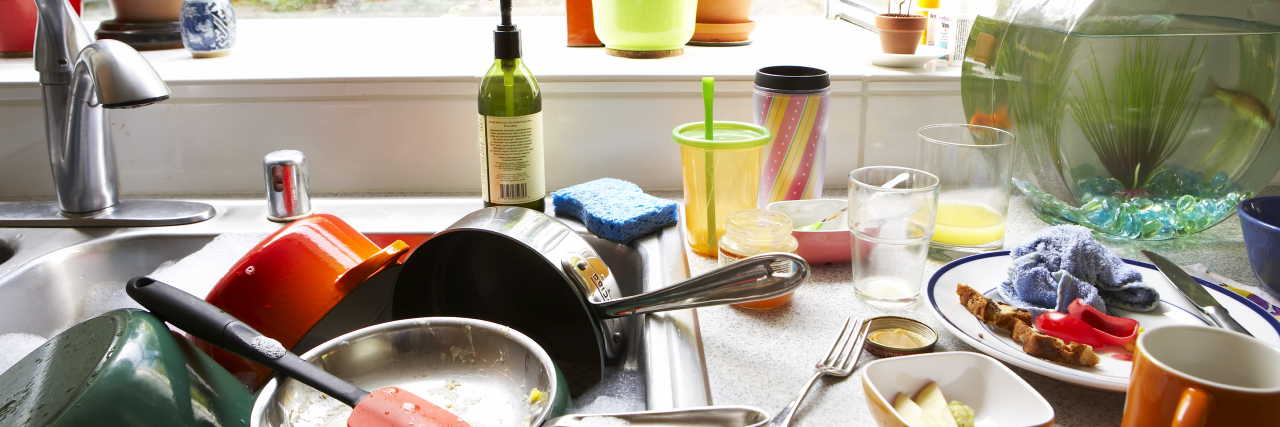When you live with sensory sensitivities or neurodivergent conditions that make it difficult to process certain textures, smells, sounds, sights, and tastes, like attention-deficit/hyperactivity disorder (ADHD), sensory processing disorder, and/or autism, having the perfect home environment is crucial.
Outside of your house, you can’t control how the room is lit, the different sounds people make in public, or how many people may be talking at once, but at home, there’s a better chance that you’ll be able to.
We asked the Mighty community for tips on how to create a more sensory-friendly home environment. Here’s what they had to say:
If you’re sensitive to touch:
“My house is visually chaotic, full of cats, and usually very messy. Instead of taking all that on, I focus on making my room a sensory safe place. The cats aren’t allowed in my room since their shed hair makes me itch. I swap sheets every time I do laundry so the bed doesn’t get crumby.” – @enby546
“I can’t stand the different food textures that you face washing dishes, and because of that dishes tend to pile up! Having rubber gloves is crucial, or else my dishes would never get done.” – Brittany J.
If smells get to you:
“I make sure I buy a lot of fragrance tools, such as air fragrance plugs, candles, or incense. It creates a sweeter environment that helps.” – Brittany J.
“I organize the fridge, the freezer, and the cupboards in the kitchen, that everything has its own place and that the foods’ smells don’t mix.” – Mireille C.
“… I arrange my dry ingredients in like types. Seal them in individual plastic bags, then put them by type in the correct see-through airtight containers … so no food smell leaks onto other foods. I do the same with my dog’s food which is not stored in the kitchen, and my cleaning supplies.” – @brokenone
If noises drive you up a wall:
“I always have headphones at home and in my handbag in order to keep out any overwhelming noises.” – Mireille C.
“So the first thing I have is a specialized song for calming cats because it contains a purring cat. If you put a cat’s purr under an oscilloscope and map it to electron movements through the nerves and the mind, you can see how the vibrations from the purring alter the electron flows throughout the whole of the mind towards both peace and healing.” – @babamungulilyme
“I have noise-reducing earplugs that I keep in multiple places around the house… When there are a lot of people in the house, or sound gets too overwhelming, I can casually pop in a pair without making a big deal about it and still enjoy the company.” – @nicoleschroeer
Your home should be your sanctuary, so crafting your space and tweaking it until it’s perfect for you is important. Let your home bring a sense of peace, versus chaos.
From creating sensory-friendly spaces for children with autism to living with sensory processing disorder as an adult, check out the following stories from around the Mighty community:
- How I Live My Life as an Adult With Sensory Processing Disorder
- 10 Things a Parent of a Child With Sensory Processing Disorder Wants to Say to You
- 12 Items You Can Use to Create a Sensory Room for Kids on the Autism Spectrum
- How Sensory Overload Affects Me as Someone With Anxiety, ADHD and Bipolar Disorder
What do you do to create a sensory-friendly home environment? Let us know in the comments below.
Getty image by Thomas Northcut

